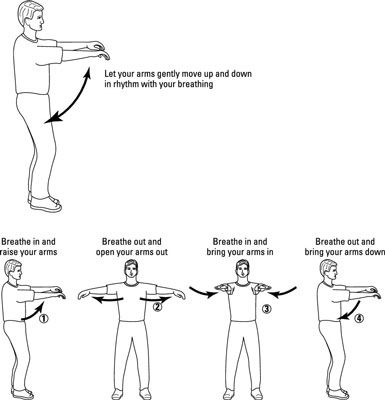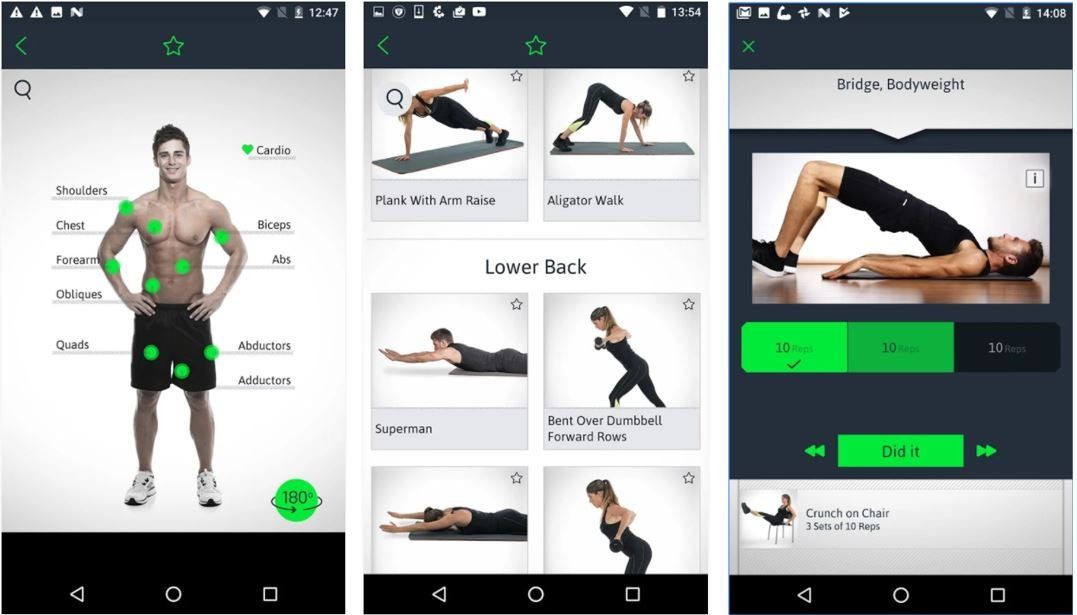In today’s fast-paced world, finding peace and clarity is becoming increasingly challenging. People are constantly seeking ways to relax their minds, relieve stress, and maintain overall well-being. While meditation has been a popular practice, there is another powerful tool that can be equally beneficial – exercise. In this article, we explore how exercise can be a form of meditation, helping individuals achieve physical and mental balance in the tech-dominated era.
The Connection Between Exercise and Meditation
Exercise and meditation may seem like two distinct activities, but they share a deeper connection. Both practices aim to cultivate mindfulness – the ability to be fully present and aware in the current moment. When engaging in exercise, individuals can focus their attention on their body’s movements, breathing patterns, and sensations. This heightened awareness leads to a state of meditation, enabling individuals to let go of external distractions and fully immerse themselves in their physical activities.
Benefits of Exercise as Meditation
1. Stress Relief: Regular exercise has been proven to reduce stress levels. By combining exercise with meditation, individuals can unlock even greater stress-relieving benefits. The intentional focus on physical movements allows the mind to let go of worries and negative thoughts, providing a much-needed break from the daily stresses of life.
2. Improved Mental Clarity: Exercise as meditation enhances cognitive function and mental clarity. As the mind concentrates on the present moment, it becomes more focused, allowing individuals to make clearer decisions and think creatively.
3. Increased Emotional Well-being: Engaging in exercise as a form of meditation releases endorphins, also known as “feel-good” hormones, which significantly improves mood and fosters a sense of overall well-being. This practice can be particularly useful for individuals in the tech industry who often face high-pressure work environments.
4. Enhanced Physical Fitness: Exercise as meditation not only benefits the mind but also contributes to physical fitness. The intentional focus on proper form, breath control, and body awareness can improve strength, flexibility, and coordination.
Incorporating Exercise Meditation into Your Routine
1. Choose an Activity: Find an exercise that you enjoy and that complements your fitness level. It could be anything from yoga, tai chi, or even a simple walk in nature. The important factor is finding an activity that allows you to engage both the body and the mind.
2. Set Intentions: Prior to starting your exercise, set an intention for your practice. It could be to cultivate joy, release stress, or simply to focus on the present moment. This intention will guide your mind throughout the exercise, transforming it into a meditative experience.
3. Focus on Breath: Pay attention to your breath during the exercise. Take deep, intentional breaths, syncing each movement with your inhalations and exhalations. This synchronicity will help you maintain mindfulness throughout the practice.
4. Let Go of Judgment: Avoid judgment or criticism about your performance or progress. Exercise meditation is not about achieving perfection; it is about being fully present in your body and accepting where you are in your journey.
Conclusion
Incorporating exercise as a form of meditation into your daily routine can offer immense benefits for your mind, body, and spirit. By combining the power of mindful movement with the tech-driven world we live in, individuals can find balance and harmony amidst the chaos. So, next time you lace up your running shoes or roll out your yoga mat, remember that exercise is not merely a physical activity – it is an opportunity to engage in a profound practice of meditation.




